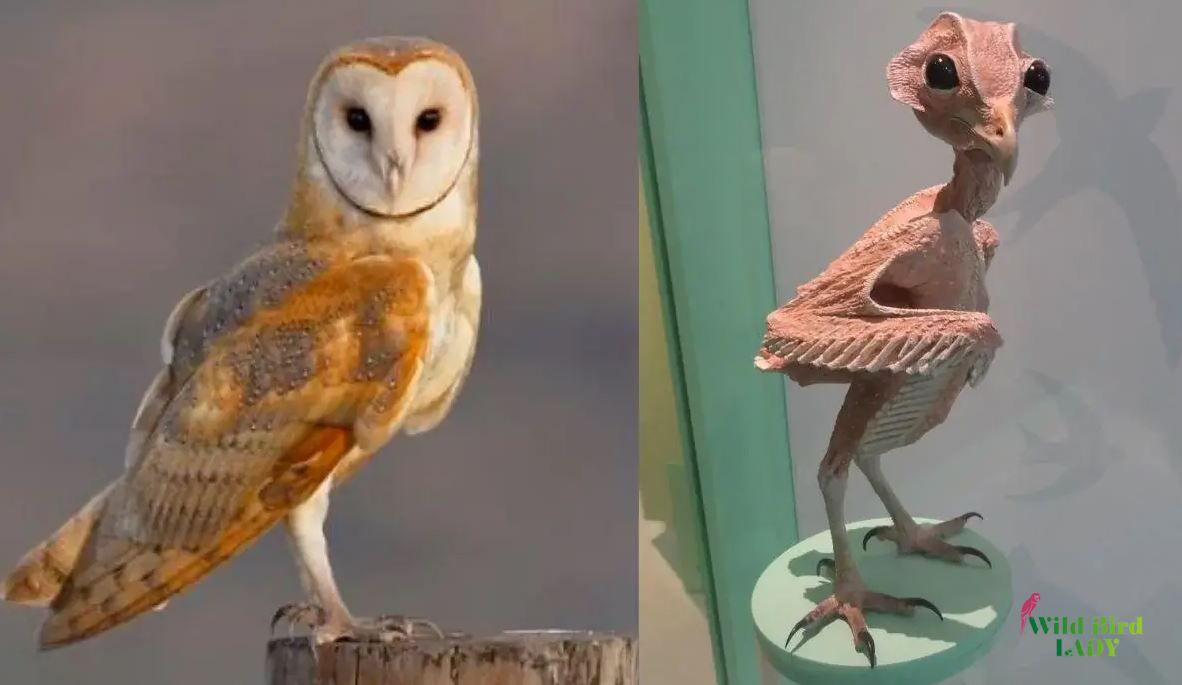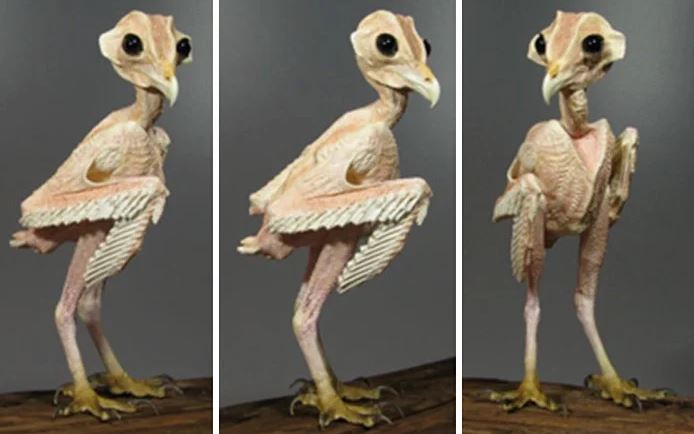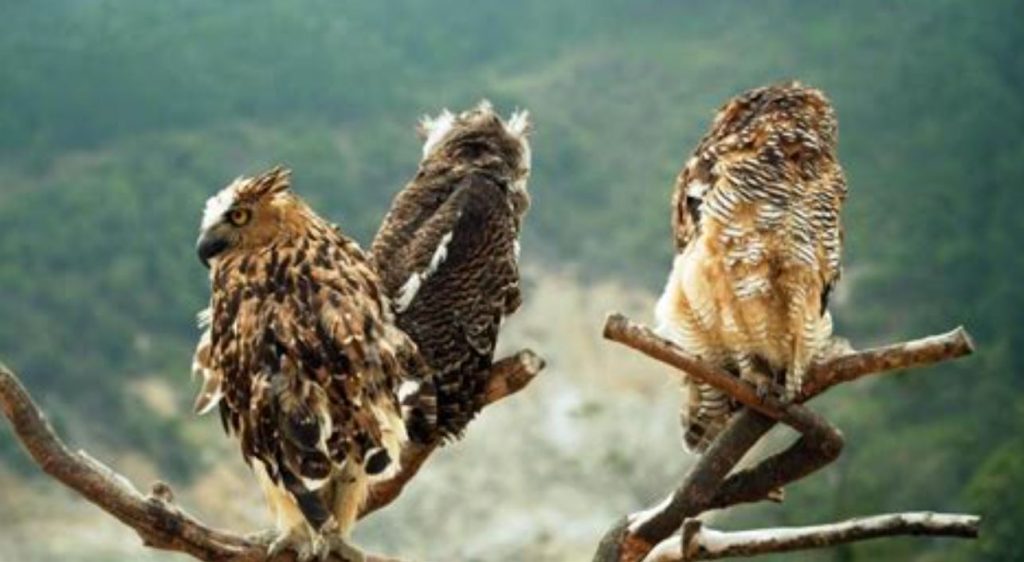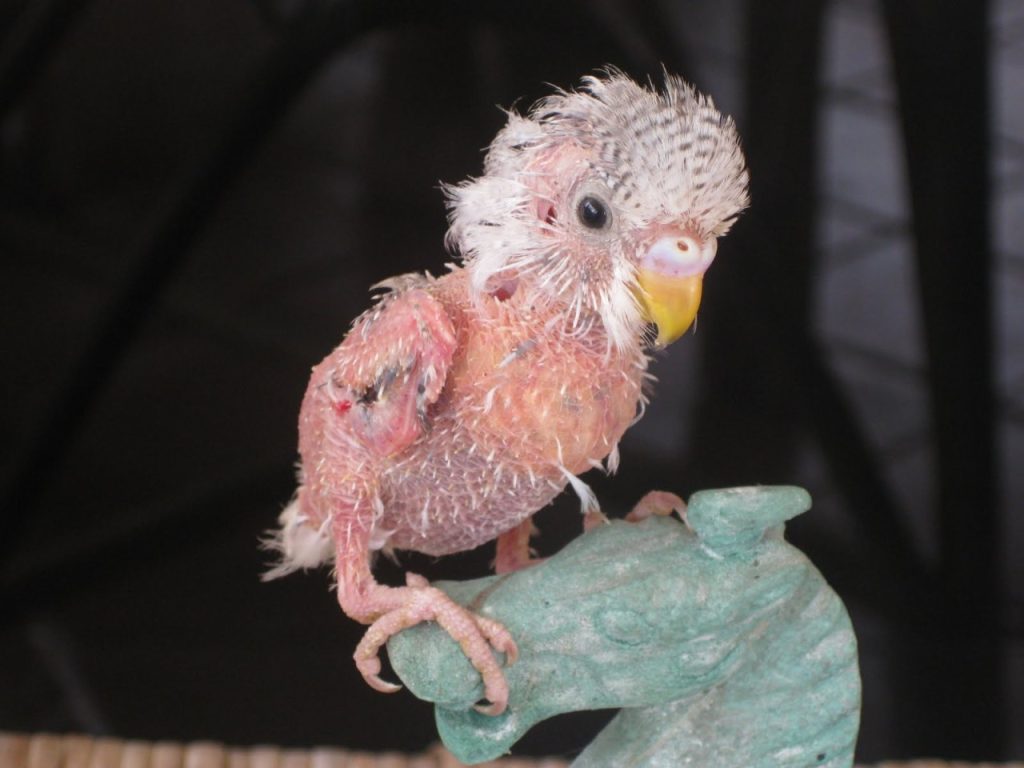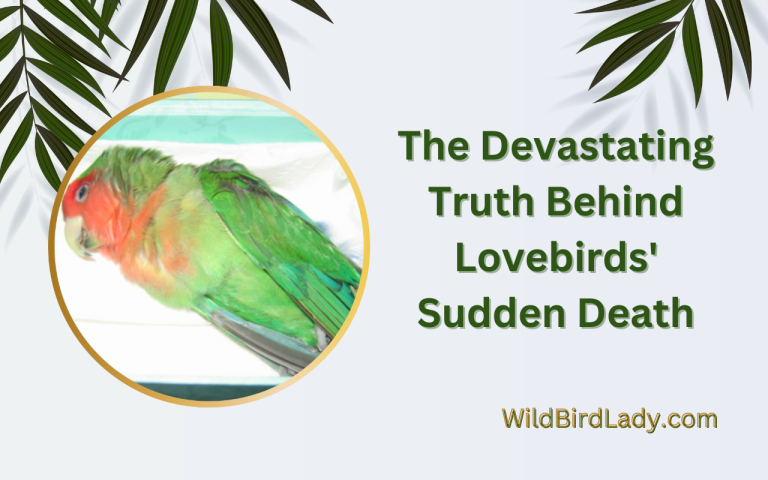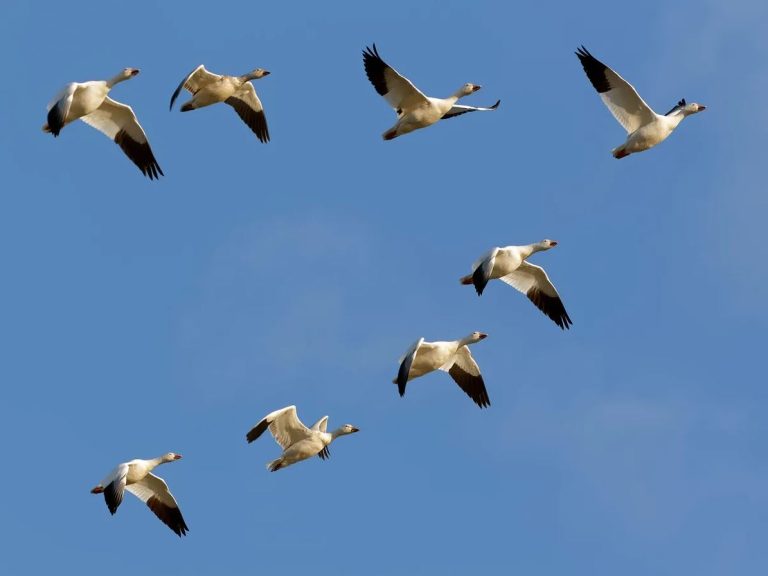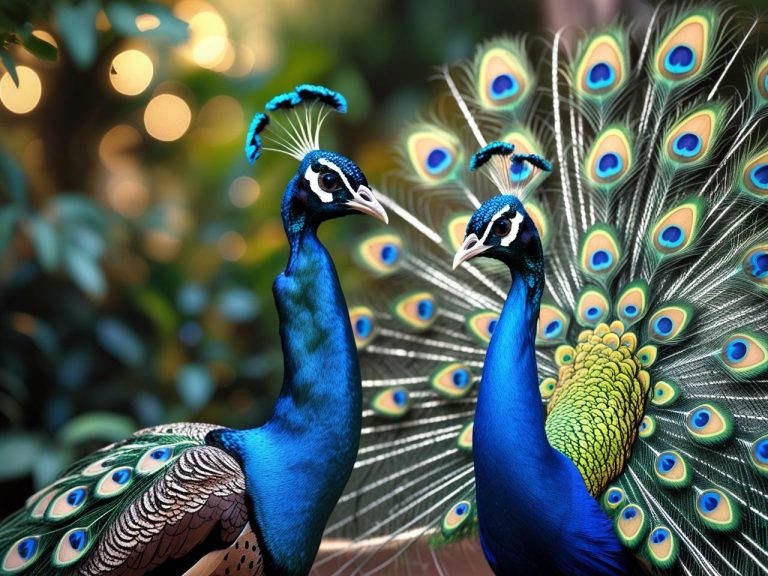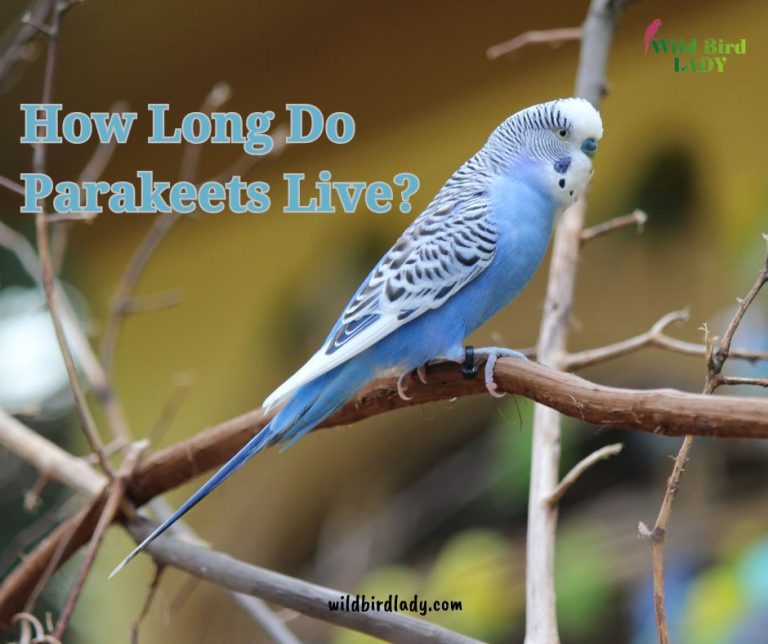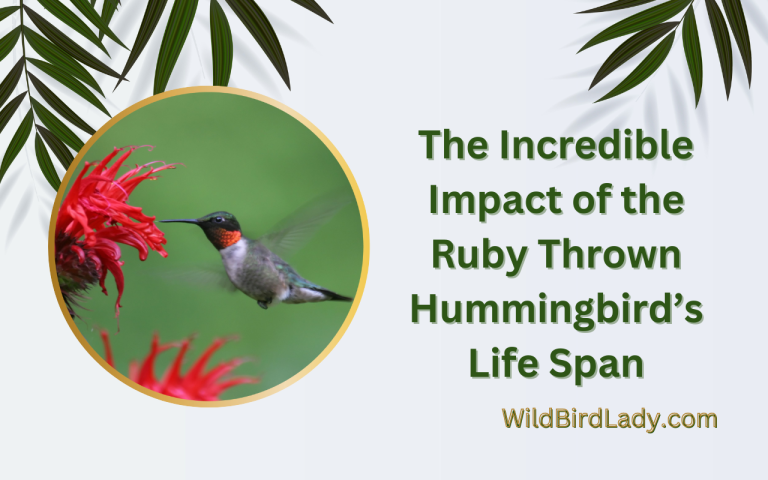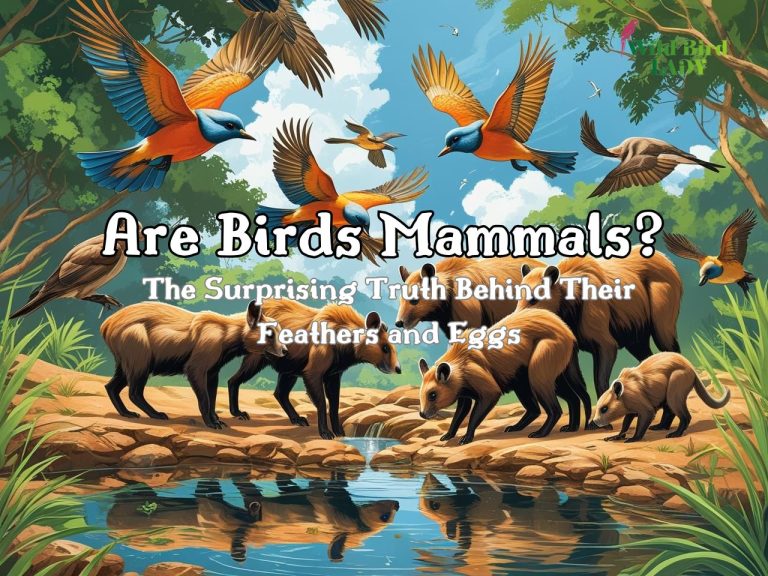What Happens to an Owl Without Feathers? (With Real Photos)
As someone who’s spent over 13 years studying birds in their natural habitat, I’ve seen owls in all shapes and sizes. But nothing prepared me for the first time I saw an owl without feathers. It was both shocking and fascinating. Beneath their iconic plumage lies a creature so strange-looking, it almost feels like seeing a mythical being stripped of its magic.
In this article, we’ll explore what really happens to a featherless owl—from the science behind their appearance to the implications for their survival. I’ll also share actual photos and insights from leading ornithologists to help you understand why this phenomenon matters, not just for owls, but for all birds without feathers.
What Does an Owl Look Like Without Feathers?
You might think a featherless owl would resemble a bald eagle or even a vulture, but the reality is far more bizarre. Without its thick layers of plumage, an owl looks almost reptilian—lean, sinewy, and a little alien. You can clearly see the structure of their muscular body, beady eyes, and talons, which are usually hidden beneath soft feathers.
I remember watching a viral image of a barn owl without feathers during a veterinary anatomy class. It stunned the internet—and rightfully so. The difference between a majestic owl in flight and an owl with no feathers is night and day.
Why Would an Owl Lose Its Feathers?
Owls do not naturally shed all of their feathers at once. So when you come across an owl no feathers scenario, it’s likely due to one of the following reasons:
1. Mite Infestations or Parasites
Feather mites can wreak havoc on a bird’s plumage. In extreme cases, mites can cause bald patches or even strip large sections of feathers.
2. Illness or Autoimmune Disorders
Certain diseases like Psittacine Beak and Feather Disease (PBFD)—though more common in parrots—can also affect raptors. These conditions lead to feather loss and weakened immunity.
3. Nutritional Deficiencies
Poor diet can prevent feather regrowth during molting seasons. In captivity, this happens when birds aren’t given a species-appropriate diet rich in protein and keratin-boosting nutrients.
4. Severe Molting
Though rare, some owls might undergo abnormal or stress-induced molting patterns due to environmental stressors, captivity, or trauma.
How Feathers Help Owls Survive
Feathers are not just for show. They’re essential to an owl’s survival:
- Insulation: Feathers trap air and regulate body temperature. An owl without feathers would quickly succumb to hypothermia, especially at night.
- Silent Flight: Specialized feather structures reduce noise while flying. Without them, owls lose their stealth advantage.
- Camouflage: Plumage patterns help them blend into tree bark or snowy landscapes.
- Protection: Feathers shield against wind, rain, UV radiation, and predators.
As explained by the Cornell Lab of Ornithology, feathers serve complex functions beyond flight—impacting everything from courtship to hunting.
Are There Featherless Owl Species?
No. There are no naturally featherless owl species. All known owl species—from the tiny Northern Saw-whet to the enormous Eurasian Eagle-Owl—rely on feathers for survival.
The term “owl without feathers” usually refers to individuals that have lost feathers due to illness, age, or injury. It’s not a normal evolutionary adaptation.
What Happens if an Owl Has No Feathers?
If an owl loses most or all of its feathers, several physiological and behavioral changes occur:
- Temperature Regulation Fails: Owls are endothermic. Without feathers, they struggle to retain heat and are prone to hypothermia.
- Loss of Flight Ability: Feathers are vital for lift and control. A featherless owl cannot fly properly, if at all.
- Vulnerability to Predators: A bald owl loses its camouflage and noise-dampening adaptations.
- Stress and Weakness: The energy spent trying to stay warm or fight infection can weaken the immune system.
Captive owls experiencing feather loss are often put in heat-controlled environments and given nutritional or medical care.
Other Birds Without Feathers: How Common Is It?
The phenomenon isn’t limited to owls. Many species can suffer from feather loss:
- Parrots: Known for self-plucking due to stress or illness.
- Chickens: Experience feather loss during molting or due to pecking order issues.
- Vultures: Have naturally bald heads for hygiene, not full body feather loss.
So while birds without feathers are not unheard of, they usually indicate distress or pathology rather than evolution.
Can a Featherless Owl Survive in the Wild?
Realistically, no.
An owl without feathers is extremely vulnerable. In the wild, it would:
- Be unable to hunt
- Freeze overnight
- Fall victim to predators
- Be rejected by its mate or social group
Only under human care—such as in wildlife rehabilitation centers or aviaries—can a featherless owl potentially live with medical support.
What to Do If You See an Owl With No Feathers
If you encounter an owl with no feathers, take the following steps:
- Do Not Touch It: Stress can kill a bird in distress.
- Note the Location and Condition.
- Contact Local Wildlife Authorities or a bird rescue organization.
- Provide Information or Photos if possible.
Never attempt to keep or feed the owl yourself. They require expert veterinary assessment.
Final Thoughts
Owls are some of nature’s most beautifully adapted birds, and their feathers are a key part of their identity and survival. An owl without feathers is a rare, haunting sight—one that reminds us just how fragile and complex these creatures really are.
As a lifelong birdwatcher, I’ve come to appreciate feathers not just for their aesthetic value but for the story they tell. When you see an owl in full plumage, remember: underneath all that softness lies a surprisingly intense creature—and one whose survival depends deeply on its feathers.
FAQs About Featherless Owls
1. Do owls shed all their feathers at once?
No. Owls molt gradually to maintain flight and insulation. Sudden feather loss is abnormal.
2. Can an owl regrow lost feathers?
Yes, if the cause is not permanent damage. Feathers can regrow with proper nutrition and health.
3. Are featherless owls real or photoshopped?
They’re real. Veterinary photos often show owls during surgery or molting complications.
4. What should I do if I find a bald bird?
Contact wildlife rehab centers. Don’t try to intervene without training.
5. Are there any featherless bird species?
Only partially. Vultures and some chickens have naturally bare spots, but no bird is truly 100% featherless by nature.

